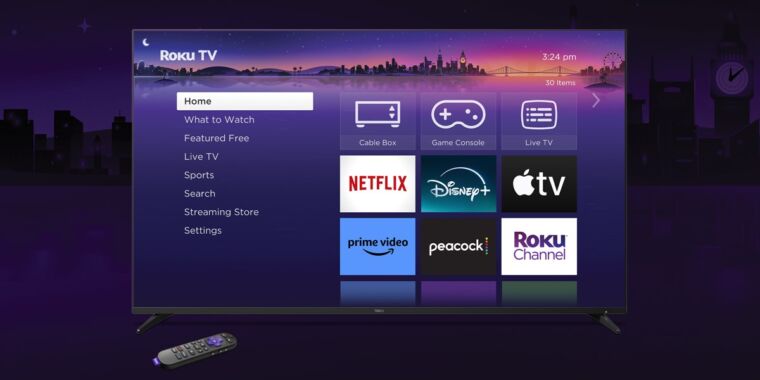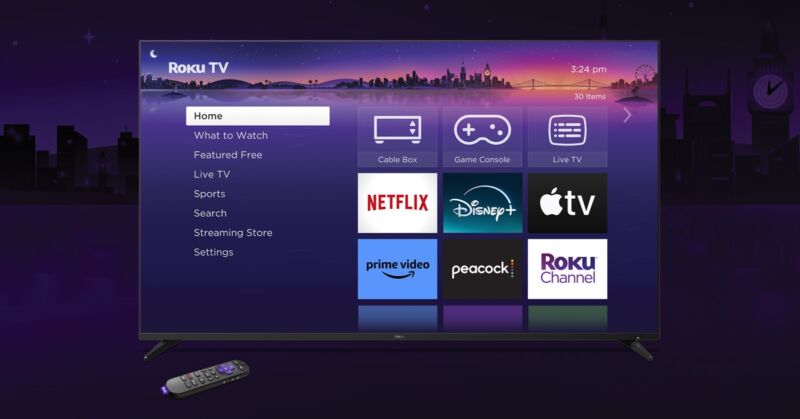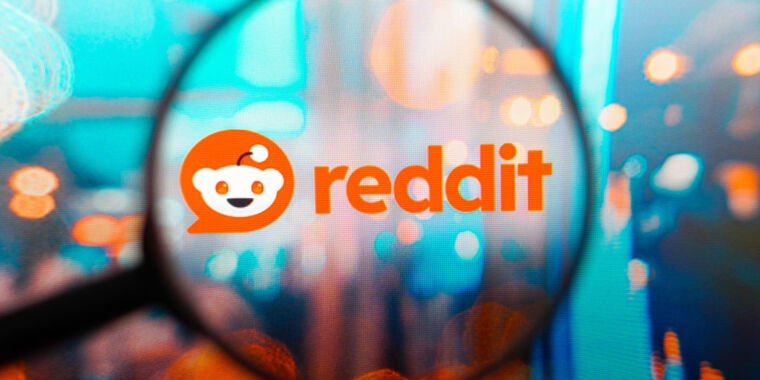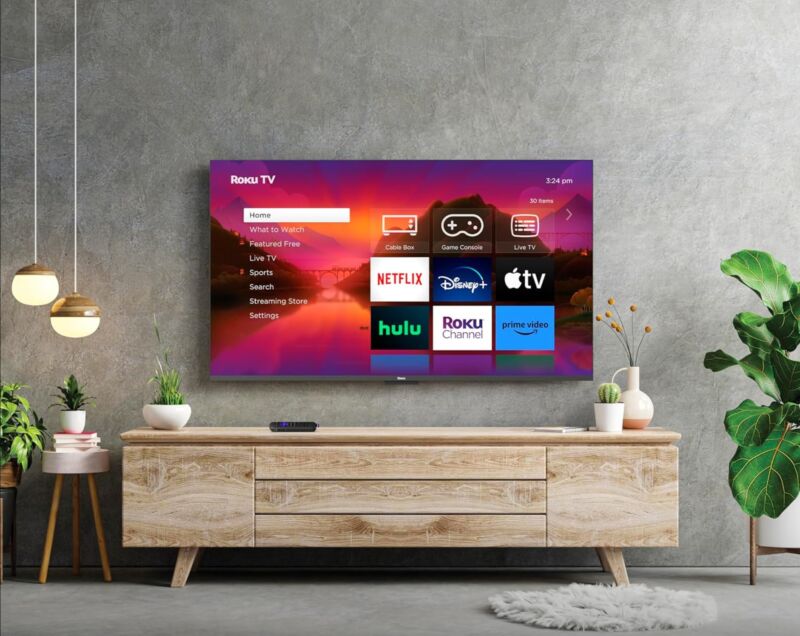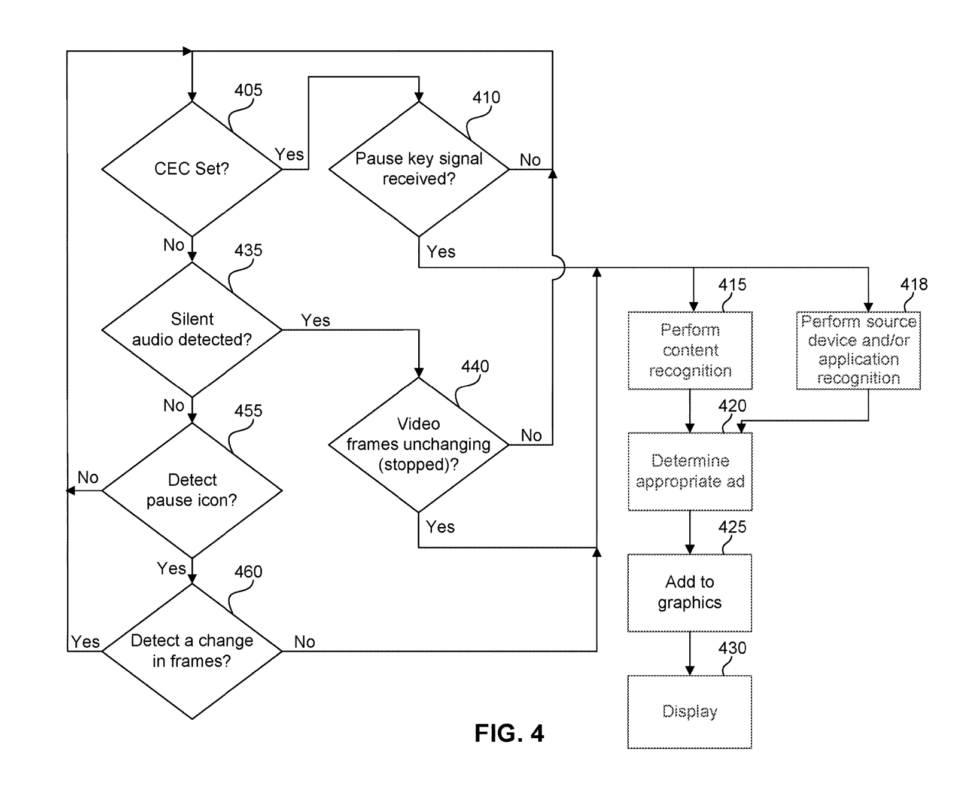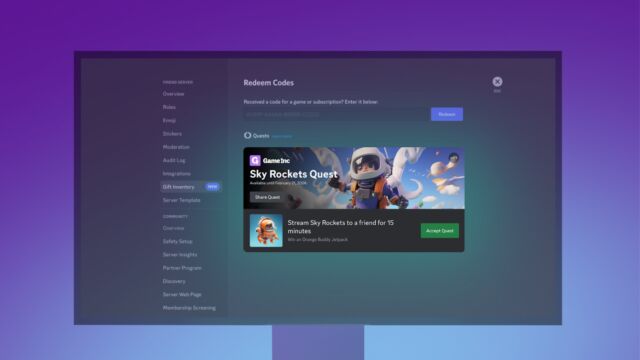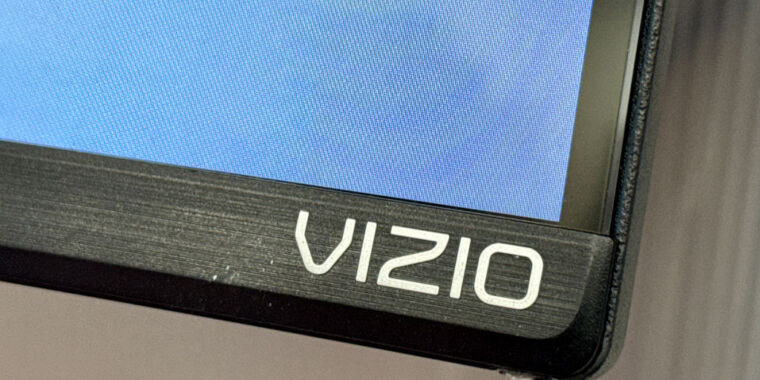Reddit considers search ads, paywalled content for the future
Q2 2024 earnings —
Current ad load is relatively “light,” COO says.

Reddit executives discussed plans on Tuesday for making more money from the platform, including showing ads in more places and possibly putting some content behind a paywall.
On Tuesday, Reddit shared its Q2 2024 earnings report (PDF). The company lost $10.1 million during the period, down from Q2 2023’s $41.1 million loss. Reddit has never been profitable, and during its earnings call yesterday, company heads discussed potential and slated plans for monetization.
As expected, selling ads continues to be a priority. Part of the reason Reddit was OK with most third-party Reddit apps closing was that the change was expected to drive people to Reddit’s native website and apps, where the company sells ads. In Q2, Reddit’s ad revenue grew 41 percent year over year (YoY) to $253.1 million, or 90 percent of total revenue ($281.2 million).
When asked how the platform would grow ad revenue, Reddit COO Jen Wong said it’s important that advertisers “find the outcomes they want at the volumes and price they want.” She also pointed to driving more value per ad, or the cost that advertisers pay per average 1,000 impressions. To do that, Wong pointed to putting ads in places on Reddit where there aren’t ads currently:
There are still many places on Reddit without ads today. So we’re more focused on designing ads for spaces where users are spending more time versus increasing ad load in existing spaces. So for example, 50 percent of screen views, they’re now on conversation pages—that’s an opportunity.
Wong said that in places where Reddit does show ads currently, the ad load is “light” compared to about half of its rivals.
One of the places where Redditors may see more ads is within comments, which Wong noted that Reddit is currently testing. This ad capability is only “experimental,” Wong emphasized, but Reddit sees ads in comments as a way to stand out to advertisers.
There’s also an opportunity to sell ad space within Reddit search results, according to Reddit CEO Steve Huffman, who said yesterday that “over the long term, there’s significant advertising potential there as well.” More immediately, though, Reddit is looking to improve its search capabilities and this year will test “new search result pages powered by AI to summarize and recommend content, helping users dive deeper into products, shows, games, and discover new communities on Reddit,” Huffman revealed yesterday. He said Reddit is using first- and third-party AI models to improve search aspects like speed and relevance.
The move comes as Reddit is currently blocking all search engines besides Google, OpenAI, and approved education/research instances from showing recent Reddit content in their results. Yesterday, Huffman reiterated his statement that Reddit is working with “big and small” search engines to strike deals like it already has with Google and OpenAI. But looking ahead, Reddit is focused on charging for content scraping and seems to be trying to capitalize on people’s interest in using Reddit as a filter for search results.
Paywalled content possible
The possibility of paywalls came up during the earnings call when an analyst asked Huffman about maintaining Reddit’s culture as it looks to “earn money now for people and creators on the platform.” Reddit has already launched a Contributor Program, where popular posts can make Reddit users money. It has discussed monetizing its developer platform, which is in public beta with “a few hundred active developers,” Huffman said yesterday. In response to the analyst’s question, Huffman said that based on his experience, adding new ways of using Reddit “expands” the platform but doesn’t “cannibalize existing Reddit.”
He continued:
I think the existing altruistic, free version of Reddit will continue to exist and grow and thrive just the way it has. But now we will unlock the door for new use cases, new types of subreddits that can be built that may have exclusive content or private areas—things of that nature.
Huffman’s comments suggest that paywalls could be added to new subreddits rather than existing ones. At this stage, though, it’s unclear how users may be charged to use Reddit in the future if at all.
The idea of paywalling some content comes as various online entities are trying to diversify revenue beyond often volatile ad spending. Reddit has also tried elevating free aspects of the site, such as updates to Ask Me Anything (AMA), including new features like RSVPs, which were announced Tuesday.
Reddit has angered some long-time users with recent changes—including blocking search engines, forcing personalized ads, introducing an exclusionary fee for API access, and ousting some moderators during last year’s user protests—but Reddit saw its daily active unique user count increase by 51 percent YoY in Q2 to 91.2 million.
Advance Publications, which owns Ars Technica parent Condé Nast, is the largest shareholder in Reddit.
Reddit considers search ads, paywalled content for the future Read More »






